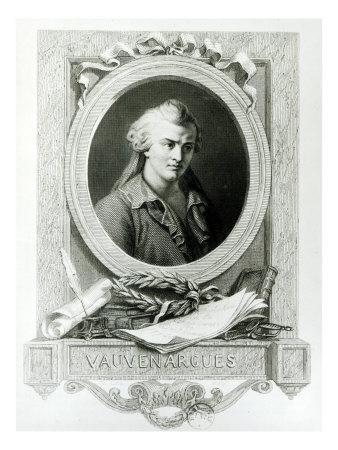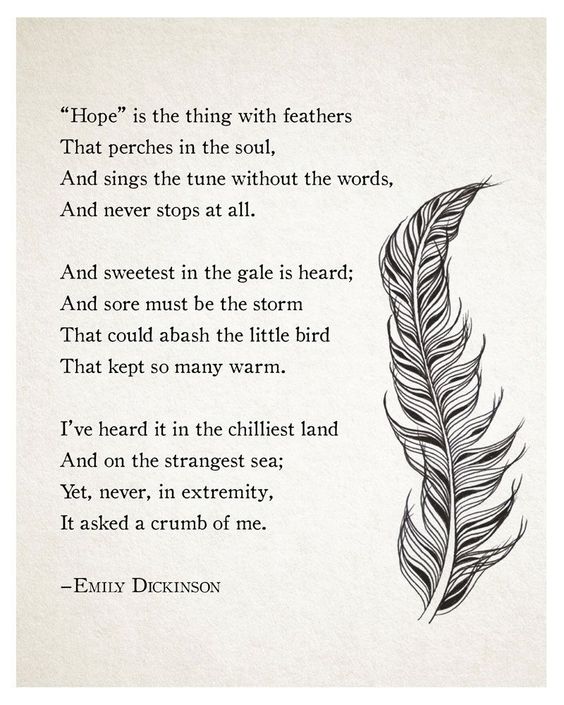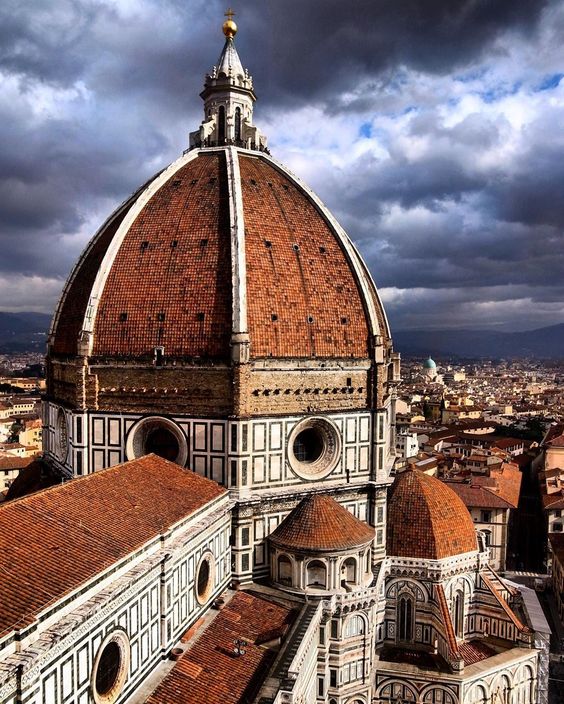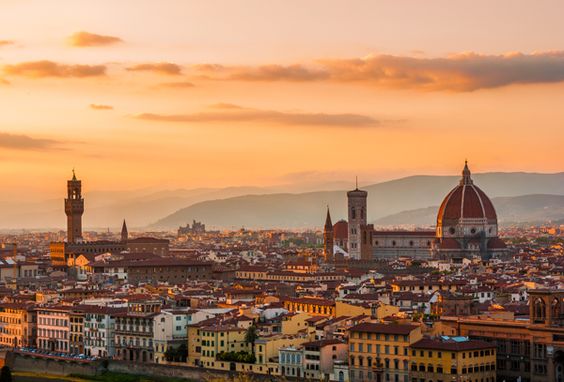Nearly three hundred years ago, a young French nobleman by the name of Luc de Clapiers, Marquis de Vauvenargues was encouraged by his friend Voltaire to publish an assortment of essays and other writings, appended to which was a collection aphorisms called Reflections and Maxims (1746).
Among these sayings was one I stumbled across the other day:
La patience est l’art d’espérer.
This short phrase translates, very simply, as “Patience is the art of hoping”.
Finding this shiny little gem of a sentence was helpful to me, particularly as I am currently working on two long term projects: building a house and writing a novel. Both of these ventures require abundant quantities of patience, not least because La Niña has been persistently wreaking havoc with the weather and head colds have been stubbornly interfering with my children’s health and school attendance.
For much of my life, patience has been a virtue that has often eluded me. I have written before about being stalked by the Grey Cat of Restlessness, which I freely admit is much easier to live with than Churchill’s Black Dog, but which also presents challenges of its own — especially when longer tasks are involved.
It’s not that I’m not prepared to do the work or put in the hard yards. Watching our new home slowly emerging beneath the scaffolding is exciting, and writing makes my soul sing even on the dreariest day.
But, like Inigo Montoya, I hate waiting.
I think that is why I appreciate de Clapier’s aphorism (number 251 of 700, no less) putting such a positive spin on patience. By highlighting the role of hope in being patient, it becomes far more aspirational rather than temporal.
I like hope!
As Emily Dickinson said: Hope is the thing with feathers. It allows us to take flight.
I like steadfastness, too. It allows us to persist.
In fact, I’m a fan of a whole raft of great qualities that can help you when things — especially creative endeavours like building houses and writing novels — feel like they’re taking forever.
Because even when things feel interminable, it is worth remembering that life is short, and ageing is a privilege.
Just ask Luc de Clapiers, Marquis de Vauvenargues, who died at the tender age of 31 the year after he published his collection of essays and other writings. Because he did it…he finished the book, and published it, even if he did so anonymously and he didn’t become famous for it until a century after his death.
The art of hoping allows us to persist, even when our patience cups feel depleted, or leaky, or empty.
Maybe especially then.
Because we never, ever know what is just around corner.
The most absurd and reckless aspirations have sometimes been the cause of remarkable success.
Luc de Clapiers, Marquis de Vauvenargues
Mind yourselves,
BJx









